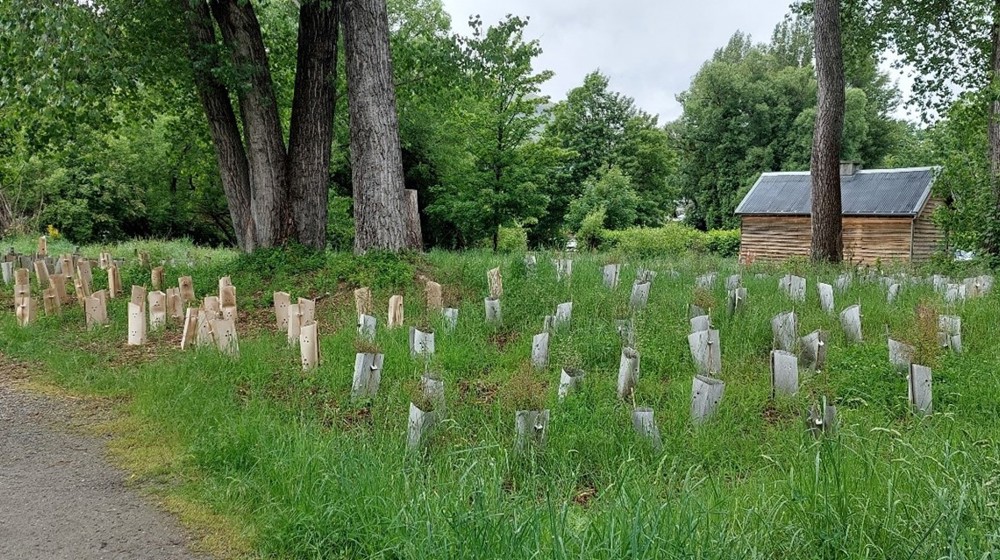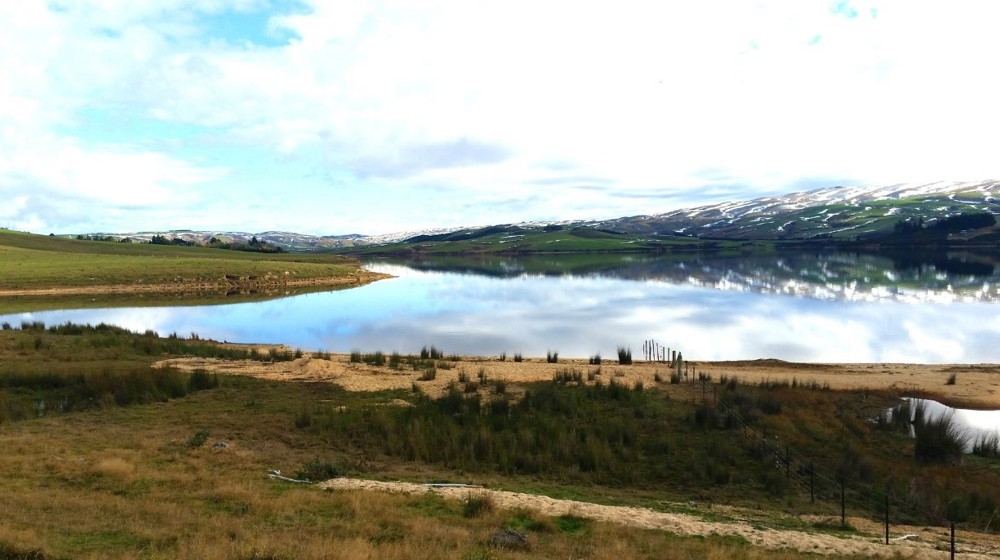| 1 |
Project objectives align with the funding category environmental outcomes |
- This criterion aims to assess how well the objectives of the project will meet or deliver on the environmental outcomes sought from the funding category.
- Funding is only available for projects that help Council meet its legal obligations.
- Refer to the stated project objectives.
- Note: The objectives are different for each funding category.
- The project is ineligible if the objectives are not relevant to the funding category.
|
|
| 2 |
Applicant Capacity (Feasibility) |
- This criterion aims to assess if the project would be able to achieve the stated objectives within the timeframe and with the resources available (people, funds, knowledge).
- Issues that might affect timing include whether consent is required (e.g. resource consent, Flood Protection Management Bylaw approval, herbicide use by waterways), whether they have that consent, and whether they have landowner agreement.
- Also consider experience of the applicant (track record) and/or expertise consulted or utilised in the project.
- An unknown track record does not necessarily result in a lower score.
- The project is ineligible if it is deemed not feasible, unrealistic, or unachievable.
|
|
| 3a |
Impact of the project – scale |
- This criterion aims to assess the geographical extent of the project.
- This criterion is for on-ground type projects.
|
- All funding categories, except General – Education (see Criterion 3b) and General – Ex-situ (see Criterion 3c)
|
| 3b |
Impact of the project – scale |
- This criterion aims to assess the geographical extent of the project.
- This criterion is for education / capacity building type projects.
- It is assumed projects develop and deliver education material or events.
- On-ground projects with an education component will be assessed against both 3a and 3b, and the highest score taken.
|
|
| 3c |
Impact of the project – scale |
- This criterion aims to assess the extent of an ex-situ project.
- Factors to be considered include: the significant proportion of species / ecosystem habitats, the number of habitats and their locations, and the planned timeline for releasing the species to the environment.
- This criterion is for projects with no direct on-ground activity that do not involve education.
- Ex-situ projects with an on-ground and/or education component will be assessed against both 3a and/or 3b and 3c, and the highest score taken.
|
- General – Ex-situ
- Scaling up for biodiversity
|
| 4 |
Biodiversity and cultural environmental values |
- This criterion aims to assess the benefits the project might provide, beyond achieving the funding objectives, in terms of native biodiversity and cultural values.
- This criterion assesses how the project promotes, protects, or enhances native biodiversity and/or cultural environmental values.
- A project that promotes additional values is taken to be an education or capacity building type project or activity.
- Additional values include:
- Biodiversity focus areas
- Cultural environmental values, i.e. supports mahika kai species and/or habitat, supports taoka species and/or habitat.
- Note: For large-scale biodiversity projects only consider the cultural values present (or not), as Criterion 5 will assess the biodiversity values in more detail for these projects.
|
|
| 5 |
Special biodiversity values |
- This criterion aims to assess special biodiversity values associated with a biodiversity project.
- Special biodiversity values include:
- At-risk or threatened species
- Rare or much reduced ecosystem types
- Important or distinctive habitat types
- The project is ineligible if it has no clear biodiversity outcomes.
|
- Scaling up for biodiversity
|
| 6 |
Level of community engagement |
- This criterion aims to assess how much community involvement is being proposed.
- This criterion is about assessing the involvement of community engagement in the project, as opposed to assessing the community or groups who may be the focus of the project – e.g. audience for an education campaign.
- The project is ineligible if there is no community involvement or benefit.
|
- General – On-ground
- General – Education
- General – Ex-situ
- Scaling up for biodiversity
- Sustained rabbit management
- Weed removal and revegetation
|
| 7 |
Value for money |
- This criterion aims to assess the level of investment contributed by the applicant, as a measure of value for money.
- Applicant investment can include in-kind contributions such as labour or volunteer hours, and monetary input from the group itself or project partners.
- Contributions from other grants are not considered the applicant’s investment and should not be used to leverage funding.
|
|
| 8 |
New applicants and previous track record |
- This criterion aims to assess the status of applicants in terms of past success with an ECO Fund application.
- ECO Fund aims to encourage new applicants to access funding; however, it recognises that previous applicants are typically involved in good work and that maintaining momentum can be beneficial.
- The project is ineligible if a previous successful applicant has outstanding or late reports as at the date of the Assessment Panel meeting.
|
|



